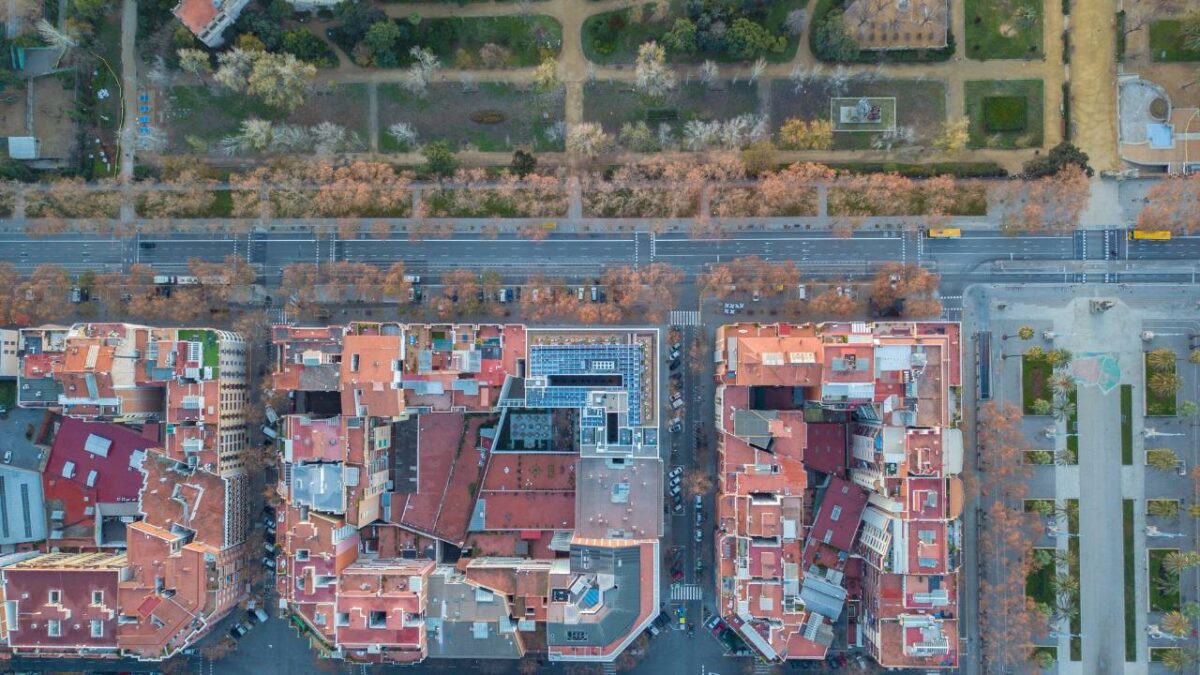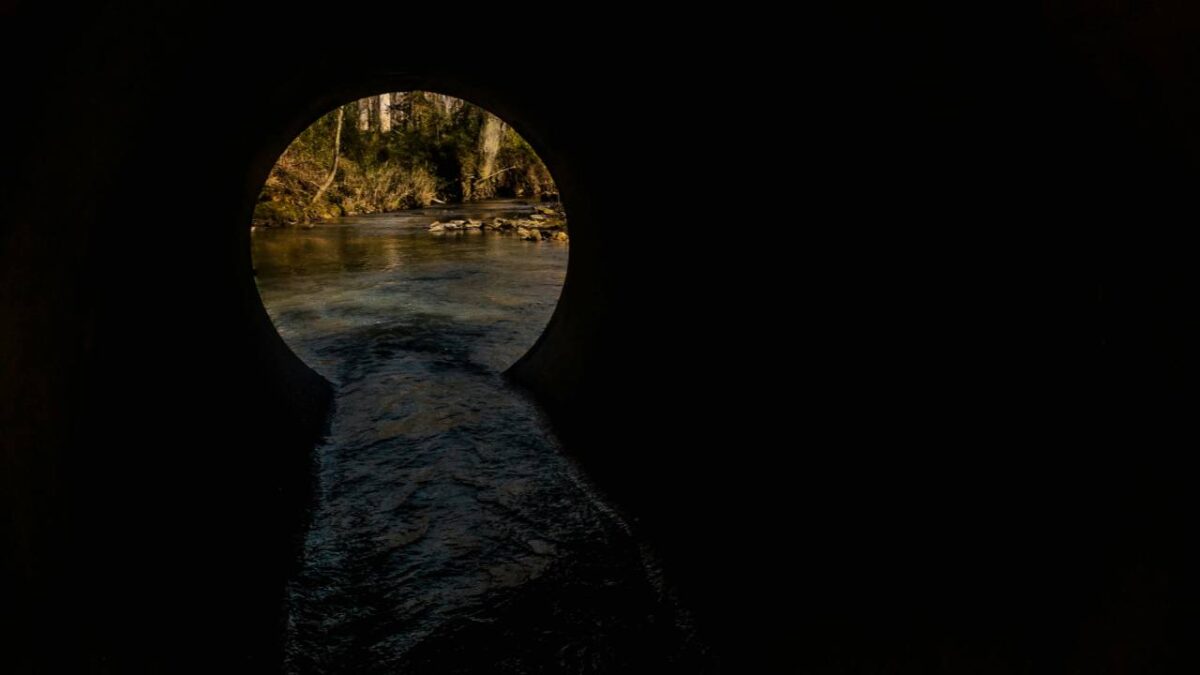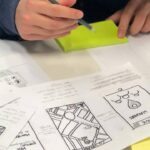Sustainable drainage solutions are an integral part of building resilient communities that can withstand the challenges posed by climate change and urbanisation. When you think about sustainability, it’s not just about being environmentally friendly; it’s also about ensuring the long-term viability and health of the areas where we live and work. By implementing systems that manage rainfall and runoff in a more natural way, your community can mitigate the risk of flooding, improve water quality, and enhance biodiversity. These solutions are crucial for the community to embrace smart home design, facilitating a more comfortable way of life.
The ways in which these drainage systems are designed and operated play a significant role in shaping the resilience of your neighbourhood. These systems often include features like rain gardens, permeable pavements, and green roofs, which not only help to manage excess water but also contribute to the aesthetic and ecological value of your environment. A sustainable approach to drainage doesn’t just provide immediate benefits—it also helps lay the groundwork for a future where communities are better equipped to respond to and recover from adverse conditions.
As you explore the impact of sustainable drainage solutions, you’ll find that they’re not just a technical fix; they’re about transforming the relationship between your community and the water that flows through it. By prioritising these solutions, you’re taking an important step towards creating a safer, healthier, and more environmentally responsible place to live. The implementation of these solutions can be a unifying goal, bringing people together to work on a project that has far-reaching benefits for everyone involved.
Understanding Sustainable Drainage Systems
Sustainable Urban Drainage Systems (SUDS) are designed to manage water in a way that is more harmonious with the environment. These systems aim to reduce flooding risks and increase water quality by mimicking natural drainage processes.
Components of Sustainable Urban Drainage Systems
Your typical SUDS setup is a combination of physical structures and natural processes. Pervious surfaces like gravel or permeable paving allow rainwater to seep into the ground, reducing surface runoff. Rain gardens and ponds enhance water absorption and provide biodiversity benefits. Swales, which are shallow, linear depressions in the landscape, guide rainwater towards areas where it can be absorbed safely. Together, these components work to manage stormwater at its source and minimise the impact on conventional sewer systems.
Benefits of Integrating Green Infrastructure
When you integrate green infrastructure into your community’s urban plan, you bring a host of advantages. Green roofs and walls act as insulators for buildings, aiding in energy conservation. The vegetation captures pollutants, improving air quality for you and your neighbours. In terms of water management, these features work alongside SUDS to reduce sewer overflow incidents, ultimately protecting local watercourses from pollution. Moreover, the added green spaces can boost mental health and encourage a stronger sense of community.
Assessing the Performance Metrics of Drainage Solutions

When evaluating sustainable drainage systems, you’ll need to look closely at key performance metrics, considering both immediate costs and long-term sustainability objectives. Understanding these elements ensures your investment in drainage solutions is not only cost-effective but also environmentally supportive.
Trade-offs and Cost Considerations
Your quest for a resilient community begins with recognising that every drainage solution presents unique trade-offs. Cost is often your primary concern. Initially, complex systems like rainwater harvesting or siphonic drainage, services provided by firms such as Capcon Engineering, may seem pricey. However, the performance metric to closely monitor here is the return on investment (ROI). The upfront cost must be weighed against the potential savings on water bills and flood damage repairs in the future.
You should also consider the maintenance expenses involved. Routine maintenance is crucial to prevent potentially expensive failures, yet these costs need to be balanced against the expected lifespan of the system.
Long-Term Sustainability Goals
The sustainability goals should align with the metrics for gauging the performance of your drainage solutions. For instance, does the system you’re looking at reduce the risk of flooding in a way that supports local wildlife and ecosystems? Consider the long-term benefits, such as improved water quality and biodiversity support, which may not be quantifiable in immediate monetary terms but are critical for a sustainable future.
A cost-effective system in terms of sustainability is one that supports your community’s resilience against climate change. By investing in solutions recommended by knowledgeable companies like Capcon Engineering, which include rainwater harvesting and efficient drainage designs, you ensure that performance extends beyond functionality, enhancing environmental stewardship and community wellbeing for years to come.
The Role of Nature-Based Solutions in Urban Planning

Incorporating nature-based solutions (NBS) into urban planning is a strategic approach to enhance your community’s resilience. Through these methods, you can foster biodiversity and improve water quality in urban environments.
Enhancing Biodiversity in Urban Areas
By integrating green spaces, such as parks, green roofs, and street trees, into your urban landscape, you create habitats for various species of plants, birds, and insects. These green spaces not only serve as a refuge for biodiversity but also connect fragments of natural habitats, which is vital for the migration and survival of different species. Urban wetlands and community gardens are exemplary NBS that not only enrich the urban tapestry with natural elegance but also engage you and your neighbours in protecting local flora and fauna.
Nature-Based Solutions for Water Quality Improvement
When you manage stormwater naturally through features like bioswales, rain gardens, and constructed wetlands, you’re employing NBS that improve water quality. These solutions mimic the way nature collects and filters water. Permeable pavements allow rainwater to infiltrate the ground, reducing runoff and filtering pollutants. Natural water-retention measures ensure that you utilise rainwater effectively, diminishing the impact of heavy rainfall events on your drainage systems. By choosing these sustainable drainage options, you’re investing in a water-wise future for your urban area.
Effects of Climate Change on Water Resources

Climate change significantly alters your water systems, leading to more frequent and severe flooding. By understanding the challenges and implementing sustainable practices, you can increase your community’s ability to cope with these changes.
Adapting to Increased Flooding Risks
Floods are becoming a more common occurrence due to the higher volume of rainfall and rising sea levels. You will find that existing drainage systems may no longer cope with the deluge, leading to overflow and property damage. Part of your response involves updating infrastructure to manage severe weather events effectively. This can include expanding stormwater management capacity and revamping old systems to handle extreme conditions.
Climate Resilience through Sustainable Practices
Sustainable drainage solutions can play a critical role in mitigating damage from increased rainfall. By incorporating features like green roofs, rain gardens, and permeable pavements, you assist with reducing surface water runoff and improving water quality. These practices not only lower the risk of flood damage but also enhance biodiversity and provide additional green space for your community. Your proactive approach in adopting these practices can create a ripple effect, increasing your area’s overall resilience to climate change.
Stakeholder Engagement and Decision-Making
Engaging stakeholders in decision-making ensures the creation of sustainable drainage solutions that reflect diverse needs and perspectives. It’s crucial for you to understand your role in collaborative approaches and navigate the regulatory environment with clarity.
Collaborative Approaches for Drainage Infrastructure
When you’re involved in developing drainage infrastructure, remember that collaboration is key. Working in tandem with local authorities, residents, business owners, and environmental groups can lead to more effective and accepted solutions. For instance, engaging with local communities allows you to identify specific issues such as flood-prone areas that require focused attention. With everyone’s input, you are better equipped to prioritise projects and allocate resources in a way that addresses the most pressing concerns. This collective approach not only fosters a sense of ownership among stakeholders but also ensures that the infrastructure is resilient and adaptable to future challenges.
Regulatory Environment and Policy Development
Understanding the regulatory frameworks that govern drainage and water management in your area is essential. These rules and policies are established by government bodies at various levels and are designed to ensure that drainage solutions are sustainable and comply with environmental standards. As a stakeholder, your familiarity with these policies helps you to navigate permits and approvals more efficiently, ensuring that projects proceed without legal hiccups. Moreover, you can contribute to policy development by providing feedback based on your hands-on experiences. Your insights can influence new regulations that better serve the changing needs of your community while protecting natural resources.
Conclusion
Sustainable drainage solutions reflect your community’s dedication to resilience and environmental care. They mitigate flooding, enhance water quality, and promote biodiversity. Initiatives like rainwater harvesting and green roofs alleviate strain on sewer systems while adding urban green spaces.
Supporting groundwater recharge and wildlife habitats, these efforts foster sustainability. Your active involvement is crucial for implementation and long-term maintenance. Embrace your role in building a resilient community for a healthier future. Integrating practical rainwater solutions, such as these, further solidifies the foundation for a sustainable future.






